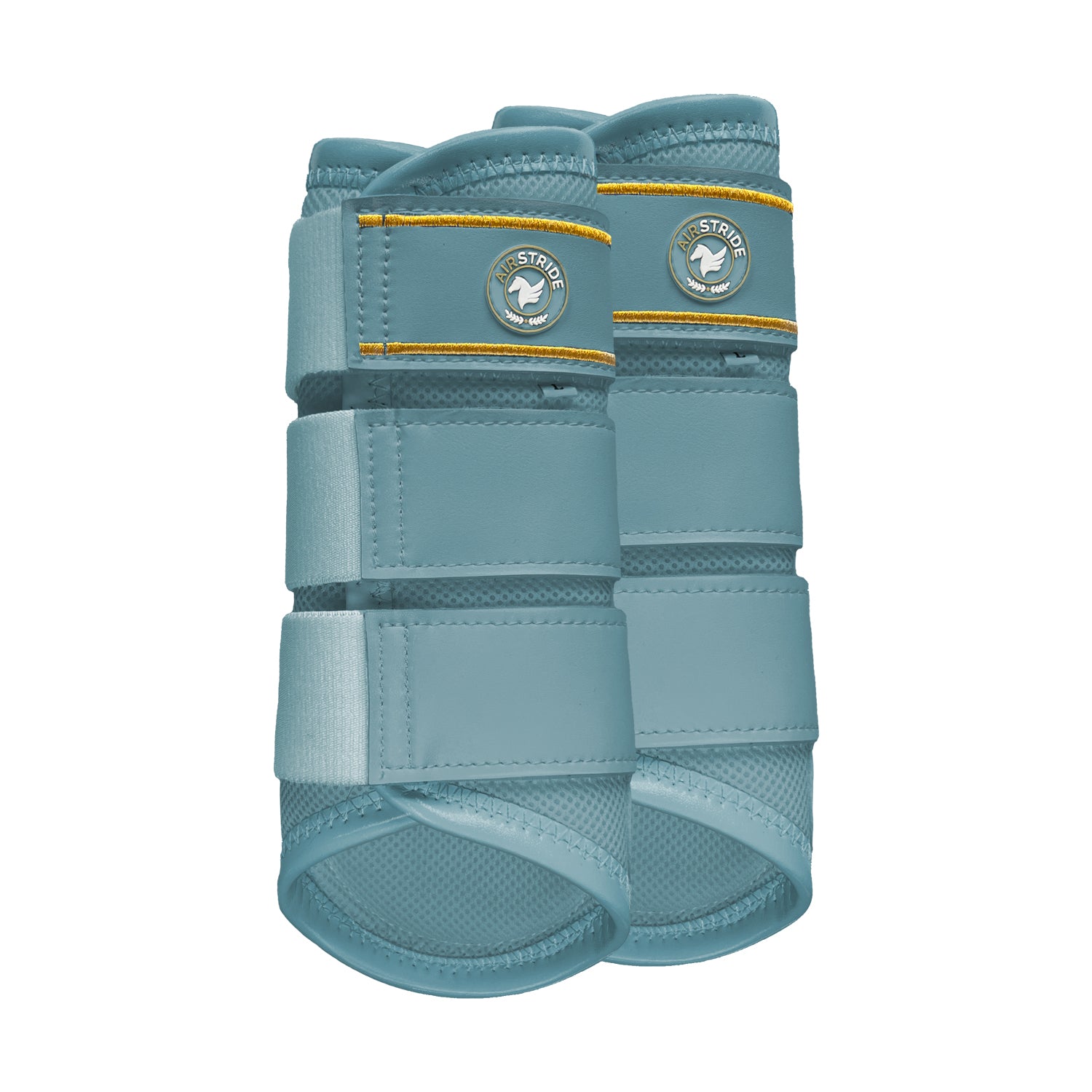
WHY TENDON HEAT MATTERS.
THE SCIENCE BEHIND BOOT LININGS
Equine tendon tissue is highly sensitive to heat. In vivo studies show that during fast work, superficial digital flexor tendon (SDFT) cores can exceed 45–48 °C, even when the skin surface reads several degrees lower (Westermann 2014; Solheim 2017). Laboratory studies confirm tendon cells begin to suffer heat stress and viability loss around 43 °C (Brock 2021), only 6 degrees hotter than the average body temperature.
Because the leg is already predisposed to heating, the boot lining material plays a major role: it can either allow heat to escape or act as an insulating barrier.
NEOPRENE (SYNTHETIC RUBBER FOAMS)
- Thermal profile: Neoprene has low thermal conductivity (λ ~0.05 W·m⁻¹·K⁻¹), meaning it retains heat.
- Scientific findings: Boots lined with neoprene consistently show higher surface temperatures during and after exercise compared to mesh alternatives (Solheim 2017; Brock 2021).
- Moisture behavior: Closed-cell structure = zero vapour permeability. Sweat collects under the boot, slowing cooling.
Widely used but thermally insulative, neoprene is not ideal when cooling and tendon safety are priorities.
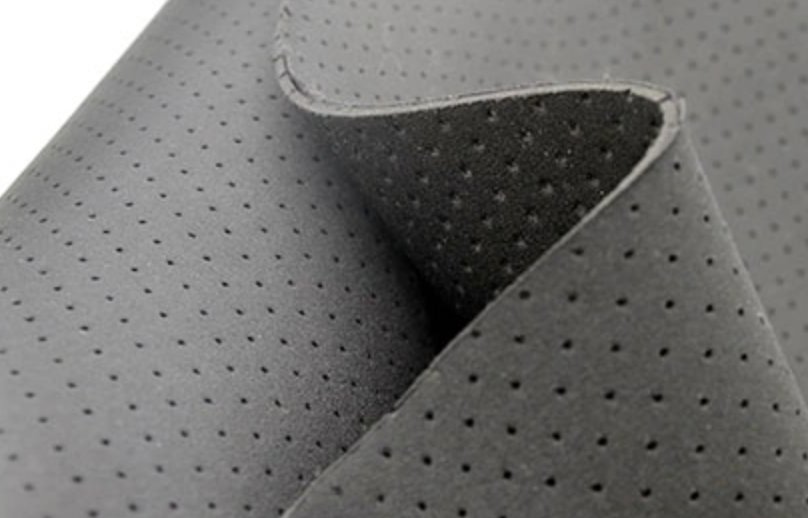
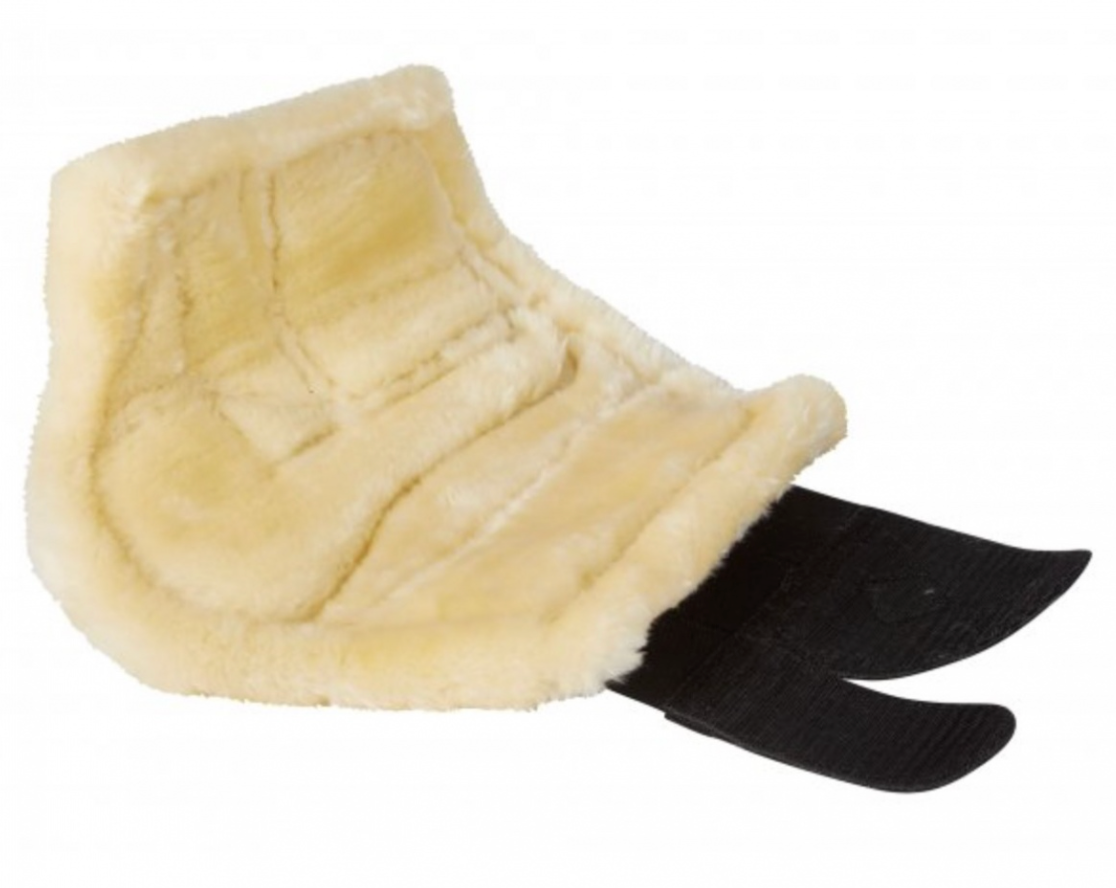
FLEECE (POLYESTER PILE)
- Thermal profile: Fleece traps air within its dense pile, functioning like insulation.
- Scientific findings: Studies of polo wraps and fleece linings show a significant rise in limb surface temperatures during work (Westermann 2014).
- Moisture behaviour: Absorbs sweat initially, but once saturated, airflow and evaporation slow significantly.
Fleece feels soft but acts as insulation and prolongs drying, reducing cooling efficiency.
SILICONE & OTHER SOLID ELASTOMERS
- Thermal profile: Silicone rubber has a thermal conductivity of ~0.2 W·m⁻¹·K⁻¹. While more conductive than neoprene, it is still non-porous and sits as a solid sheet against the skin. This prevents convective airflow across the majority of the contact area.
- While holes can create isolated vents, the skin-contact surface remains non-permeable, so sweat and vapour cannot escape evenly.
- Moisture behaviour: Silicone is hydrophobic and non-absorbent. Rather than wicking, it traps sweat against the skin, creating a humid microclimate.
Even when perforated, silicone is not a breathable lining. It blocks sweat evaporation and slows tendon cooling.
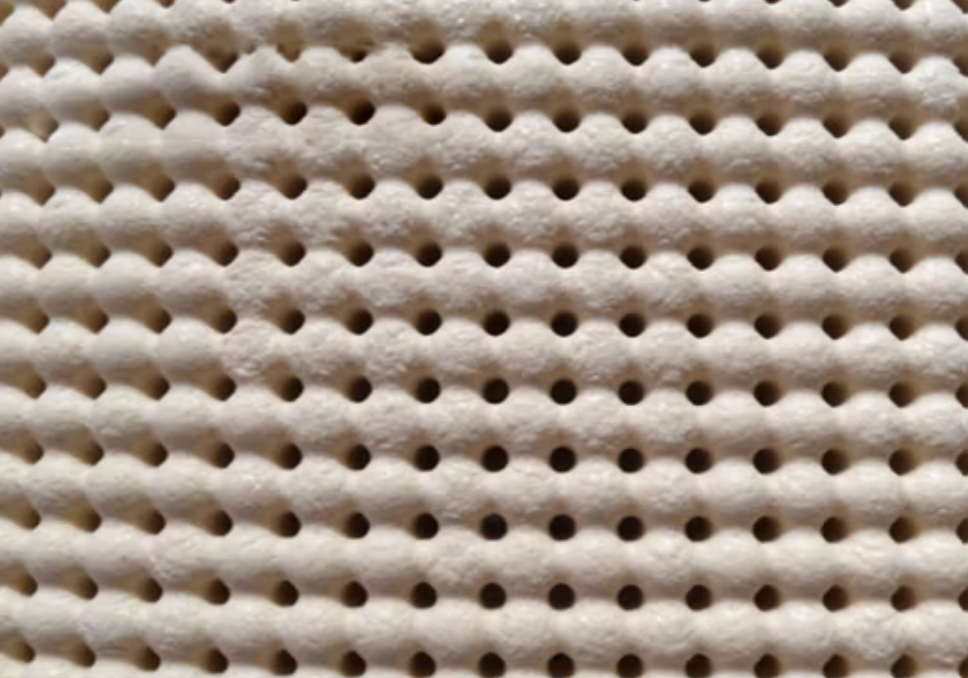
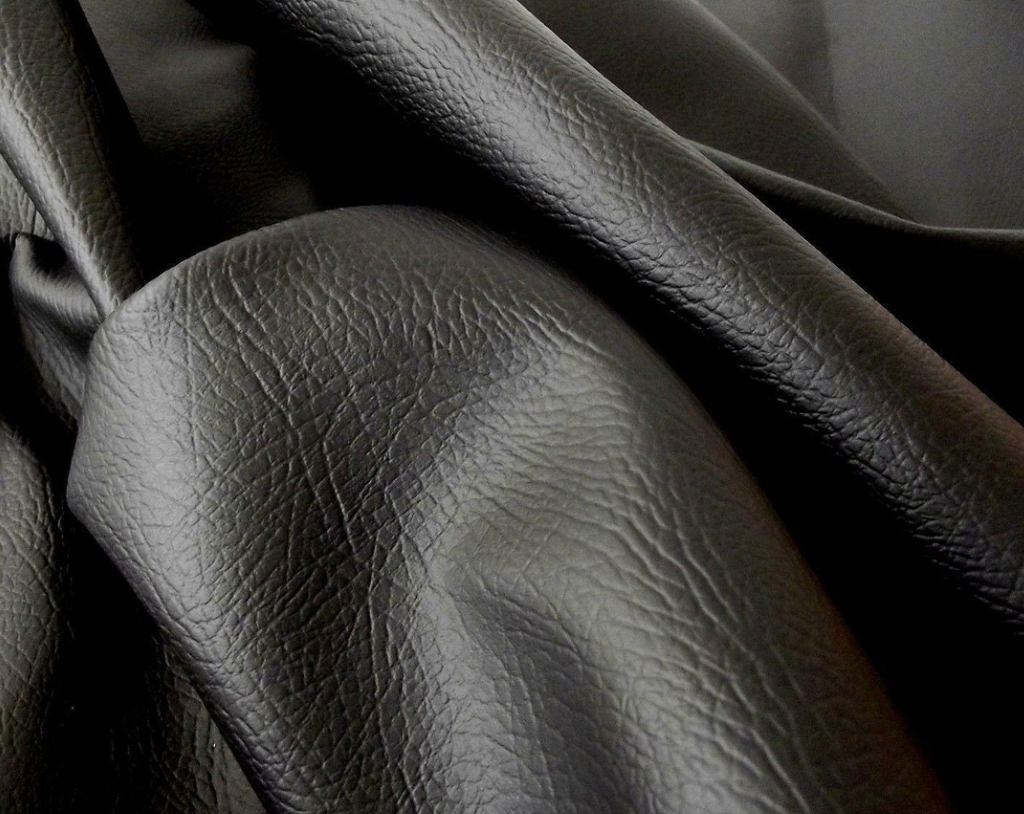
OTHER "NOT IDEAL" MATERIALS
- Solid PU foams / vinyls → Similar to silicone: durable but non-porous.
- Dense, unperforated leather → Natural but relatively poor in vapour permeability compared with engineered meshes.
SOLHEIM 2017 & WESTERMANN 2014
THE BETTER PATH: AIRFLOW & EVAPORATION
Research is clear: boots of any kind raise leg temperatures compared to a bare limb (Solheim 2017; Westermann 2014).
The best designs focus on minimising that rise by using:
- Open-structure mesh or 3D honeycomb mesh fabrics,
- Vented shells that channel air in and out,
- AND moisture wicking textiles that support evaporation.
Key takeaway for horse owners:
Don’t confuse “non-absorbent” or “perforated” with true breathability. Materials like neoprene, fleece, and silicone may offer cushioning or durability, but they impede airflow and trap heat, exposing tendons to unnecessary thermal stress.
Genuine cooling requires porous, permeable materials that allow both airflow and sweat evaporation.
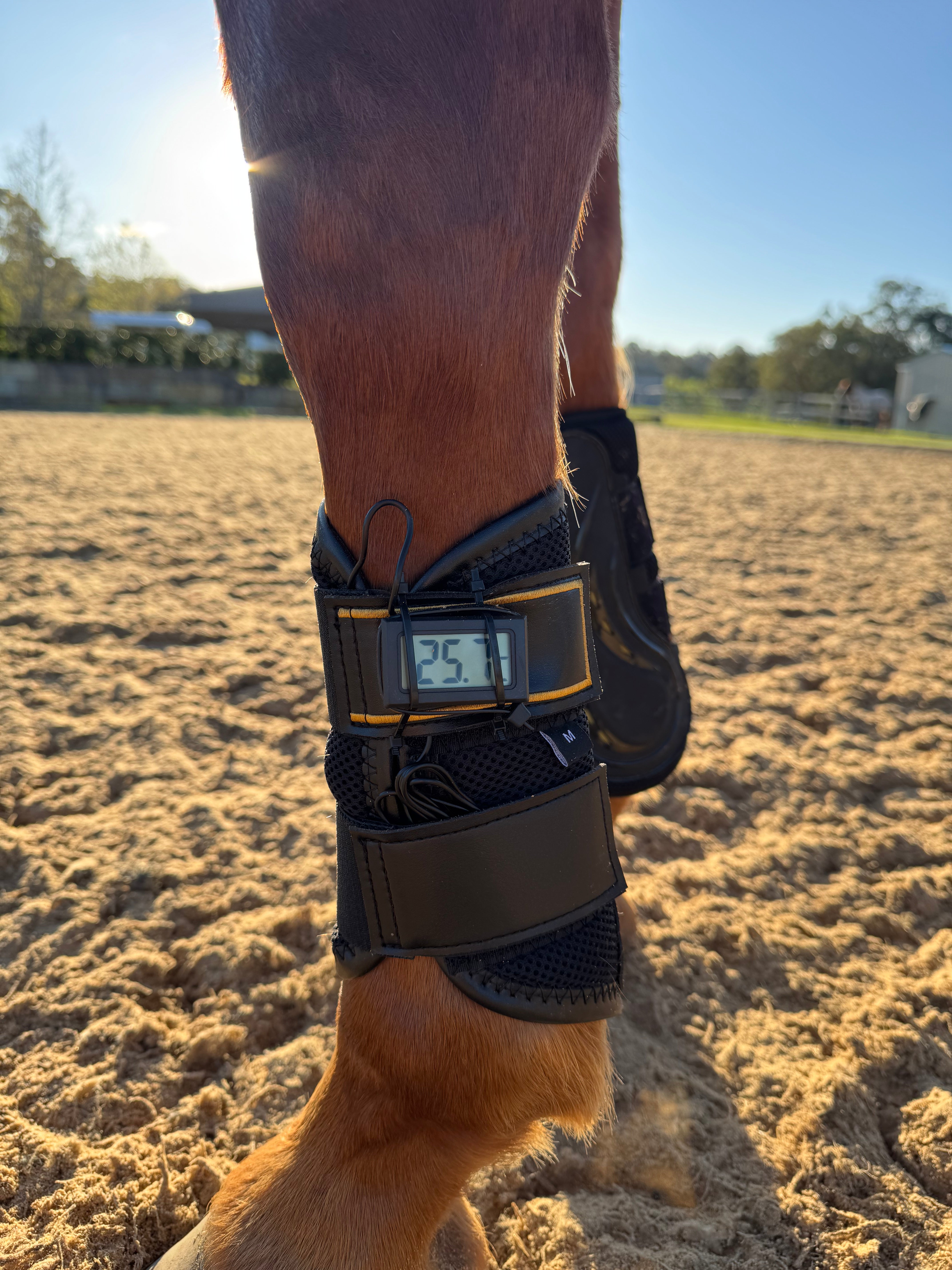
GENERAL STUDIES BELOW
BROCK (ET. AL. 2021)
CONVECTION COOLING IS VITAL
Brock (et al. 2021) studied 6 different types of leg wear on horses to discuss the impact on the Superficial Digital Flexor Tendon.
Each horse wore multiple boots over 6 exercise sessions including a session without any leg wear.
The boots studied were: A neoprene boot, a perforated neoprene boot, a plant based neoprene boot, cross-country boots, elastic wrap bandages and fleece polo/bandage wraps.
He concluded:

DAMAGE TO THE TENDON
Without adequate cooling, traditional boots and bandages can damage the tendon of the superficial digital flexor tendon.

TENDON OVERHEATING
All types of traditional leg wear in this study had reached temperatures that can damage cells in the lower leg.

AIR FLOW IS REQUIRED
Convection cooling (aka real air) is necessary to prevent tendon overheating and maintain healthy temperatures during exercise.

SOLHEIM 2017
TRADITIONAL BOOTS & BANDAGES CREATE A MICROENVIRONMENT OF HEAT & HUMIDITY
The study claims that boots and bandages act as a barrier between evaporative and convective cooling in the legs creating a microenvironment of heat and humidity. This combination can have serious effects on the soft tissue and tendons in the lower leg area.
A 2017 study done by Solheim (et. Al.) discovered the temperatures of horses legs increased significantly (from traditional leg wear).
SEE HOW AIRSTRIDE COMPARES
Discover the ultimate in cooler leg protection for your horse.
| AIRSTRIDE | OTHER BRANDS | |
|---|---|---|
| Various Protection Levels | Arriving late 2025! | |
| Zero Neoprene or Fleece | ||
| Real Airflow Your Horse Feels | ||
| Cares About Horse Welfare | ||
| Designs Based on Science | ||
| Backed By Vets |
INSPIRED BY SCIENCE
Shop the boots that truly keep their legs cool.









